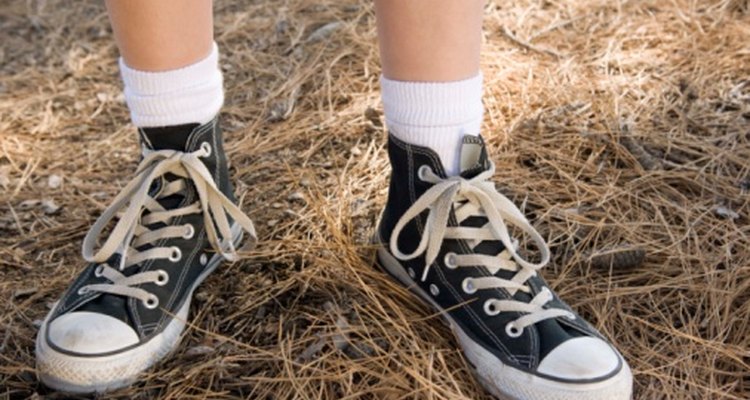
Counterfeit sneakers have been around as long as name-brand sneakers have been sought-after items. The quality of fake shoes and the degree to which they resemble the original will depend on the care that was put into their manufacture, but they'll never be as good as the real thing. The biggest warning signs that a pair of shoes are fake are shoddy, cheap material and mistakes in the colors and logos. If you keep an eye out for fake Pumas you won't get made fun of for being the one kid on the field with shoes that say "Pooma."
Look for the Puma cat logo. On real Puma shoes, the logo is present on the sole and the top of the heel. With fake Pumas, if the logo on the sole is there at all it will usually be misaligned, poorly bonded to the sole, or both. The Puma design at the top of the heel should be molded, not printed.
Open the tongue and look for the label that reads "Official Licensed FI Product." All Puma shoes have this label and fakes usually don't.
Look at Puma's official website to see the range of colors and styles they offer before you go shopping. If you find shoes with strange colors or a design that doesn't look quite right, they're probably fakes.
Shop at a sneaker store so that you can examine the shoes in person. If you really want to shop online, only buy shoes from a reputable website. If the site looks at all unprofessional or hastily put together, don't shop there.
Don't buy shoes labeled "variants" or "samples." "Variant" just means that the shoe is a knockoff. If the shoes are labeled "custom," assume they're fakes unless they've been detailed by a reputable designer.
Related Articles

How to Spot Fake Polo Shoes

How to Spot Fake Chuck Taylors

How to Tell an Authenic Birkenstock ...

How to Spot Fake Nike Air Force One ...

How to Spot Counterfeit Tommy Hilfiger
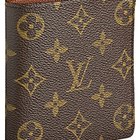
How to Spot Fake Designer Wallets

How to Tell if Vans Are Real

How to Tell Real Shoes Like Airforce ...
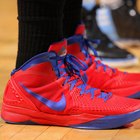
How to Tell a Fake Nike Shoe
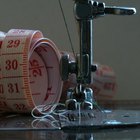
How to Find the Name of a Coach Purse
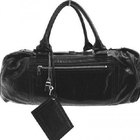
How to Tell If Balenciaga Handbags Are ...
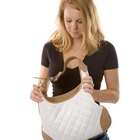
How to Identify an Original Coach

How to Tell if Nike SB Dunks Are Real

How to Spot Fake Timberland

How to Spot Fake Costa Del Mar Glasses

How to Spot a Fake Desmo Bag

How to Tell if Converse All-Stars Are ...

How to Authenticate Jordans
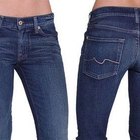
How to Spot Fake 7 For All Mankind Jeans

How to Spot Fake Bape Clothing
References
Writer Bio
Based in Los Angeles but born and bred in Brooklyn, N.Y., Douglas Quaid has been writing for various websites since 2010. He holds a Bachelor of Arts in film from Bard College.
Photo Credits
Jupiterimages/Creatas/Getty Images